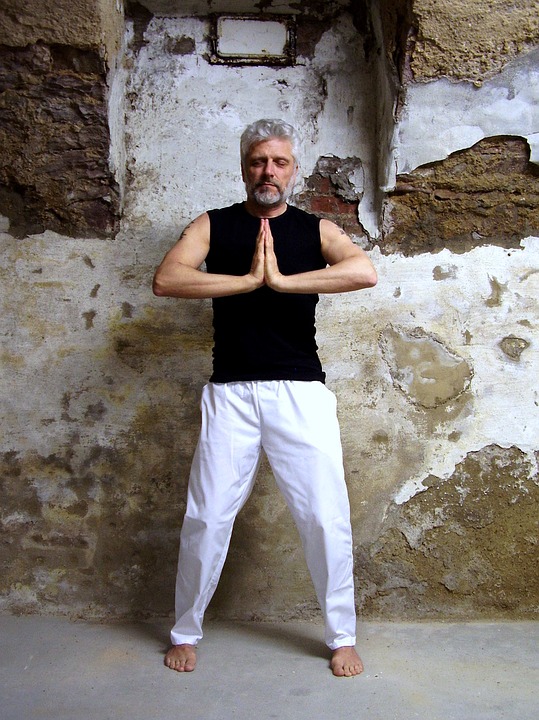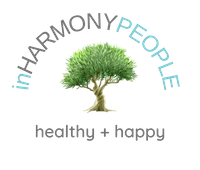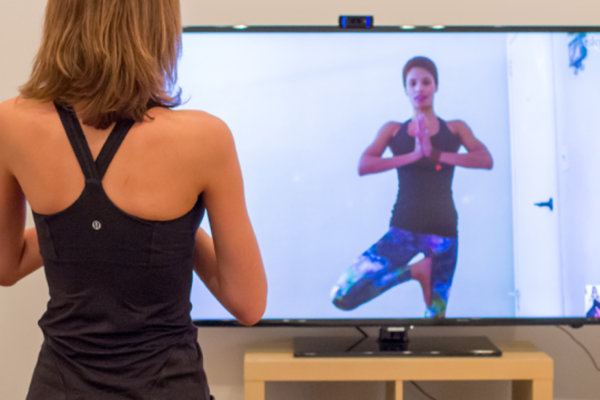Dr. Loren Fishman and Ellen Saltonstall
Osteoporosis affects over 200 million individuals worldwide, and each year an estimated 1.5 million suffer a fracture due to bone disease. The risk of a fracture increases with age and is greatest in women. Roughly 4 in 10 white women age 50 or older in the United States will experience a hip, spine, or wrist fracture sometime during the remainder of their lives, according to a report by the U.S. Surgeon General.
However, while the thinning bone mass of osteoporosis is considered the most common cause of fractures, we often forget that most fractures are preceded by a fall. In fact, more than one out of four older people falls each year, according to the Centers for Disease Control. And, falling once doubles your chances of falling again. More than 95% of hip fractures are caused by falling, but falls don’t just lead to fractures, they can often lead to other serious injuries and they are an increasingly common cause of hospitalization as people get older. A fall is often referred to as a sentinel event, which leads to decreased mobility and a more sedentary lifestyle, which in turn starts a downward spiral of decreasing functionality and increasing frailty.
A key factor in the increased the risk of falls is the loss of balance with age. There are numerous factors that lead to the loss of balance, but the good news is that many of them can be counteracted, and yoga can play a key role in this process, according to studies. There are certain predictable changes in our neuromuscular and cognitive functioning as we age, many of which can be avoided or at the very least slowed.
Preventing Falls and Fractures – How Yoga Can Help
Yoga can be very influential in balance training. The problem with balance training is that it can be very frustrating for people. Most balance training involves standing on one foot. However, if you can’t balance on one foot, you fall out of the pose, and don’t really benefit from the training.
Training your balance involves a lot more than just balancing on one foot. Balancing is really about being able to catch yourself when you trip and fall. And that involves core strength and core stability, i.e. the ability to coordinate between limbs and trunk under challenging circumstances. Watch the video below for just some fun ways to add new dimensions to enhancing your ability to avoid trips and falls.








